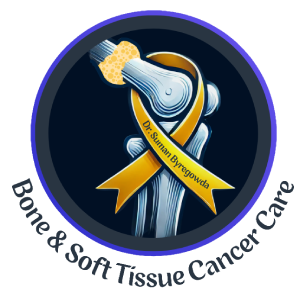

You should consult an orthopedic oncologist for Osteoid Osteoma because they specialize in diagnosing and treating bone-related conditions, including rare benign bone tumors like osteoid osteoma. Although osteoid osteomas are non-cancerous, they can cause significant pain and discomfort, especially due to their location and size. An orthopedic oncologist can offer the best treatment options, including minimally invasive surgery or alternative treatments, to manage symptoms and avoid complications.
Osteoid osteoma is a benign (non-cancerous) bone tumor that typically causes localized pain. It is made up of new bone tissue (osteoid) and is often small in size, usually less than 2 cm in diameter. The tumor is known for causing nighttime pain that is relieved by nonsteroidal anti-inflammatory drugs (NSAIDs) like ibuprofen. Osteoid osteomas can occur in any bone, but they are most often found in the long bones, especially near the hips, knees, and spine.
Osteoid osteoma most commonly affects young people, especially those between the ages of 10 and 30 years. It is rare in older adults and children under 10.
The exact cause of osteoid osteoma is not fully understood. It is believed to occur due to abnormal growth of bone cells, leading to the formation of a small tumor.